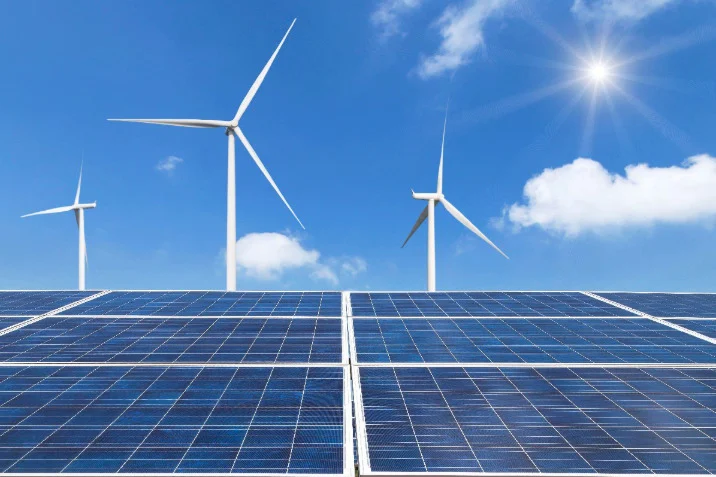Onshore Renewables
Onshore Renewables refer to renewable energy sources that are harnessed and generated on land, as opposed to offshore or marine-based sources. These primarily include onshore wind farms, solar photovoltaic (PV) plants, biomass, and hydropower systems located inland. Onshore renewable energy plays a pivotal role in the global transition toward sustainable, low-carbon power generation.
Among the most prominent onshore renewable sources is onshore wind energy. Wind turbines are installed on land where wind speeds are optimal, often in open plains, hilltops, or coastal regions. These turbines convert wind kinetic energy into mechanical power, which is then transformed into electricity. Onshore wind farms are generally more accessible and cost-effective to build and maintain compared to offshore alternatives, making them a preferred choice in many countries.
Solar energy is another vital component of onshore renewables. Large-scale solar farms or distributed solar panels on rooftops harness sunlight to generate electricity using photovoltaic cells. Solar energy is abundant, scalable, and environmentally friendly, making it a key player in reducing fossil fuel dependence.
Biomass energy, generated from organic materials like agricultural waste, wood, and dedicated energy crops, is also part of the onshore renewable mix. It provides both electricity and heat, and it can be a reliable source of baseload power when managed sustainably.
Small-scale hydropower systems located on rivers or streams can also be considered part of the onshore renewable landscape, especially in remote or rural areas.
Onshore renewables offer several advantages:
-
Low environmental impact compared to fossil fuels
-
Reduced greenhouse gas emissions
-
Lower operational costs after installation
-
Local job creation and energy independence
However, they also face challenges such as land use conflicts, visual and noise concerns (especially with wind farms), and intermittent power generation due to reliance on weather conditions.
Despite these hurdles, onshore renewable energy continues to expand globally due to its cost-effectiveness, maturity of technology, and alignment with climate goals. As grid infrastructure and energy storage technologies advance, onshore renewables will become even more integral to national and regional energy strategies.
